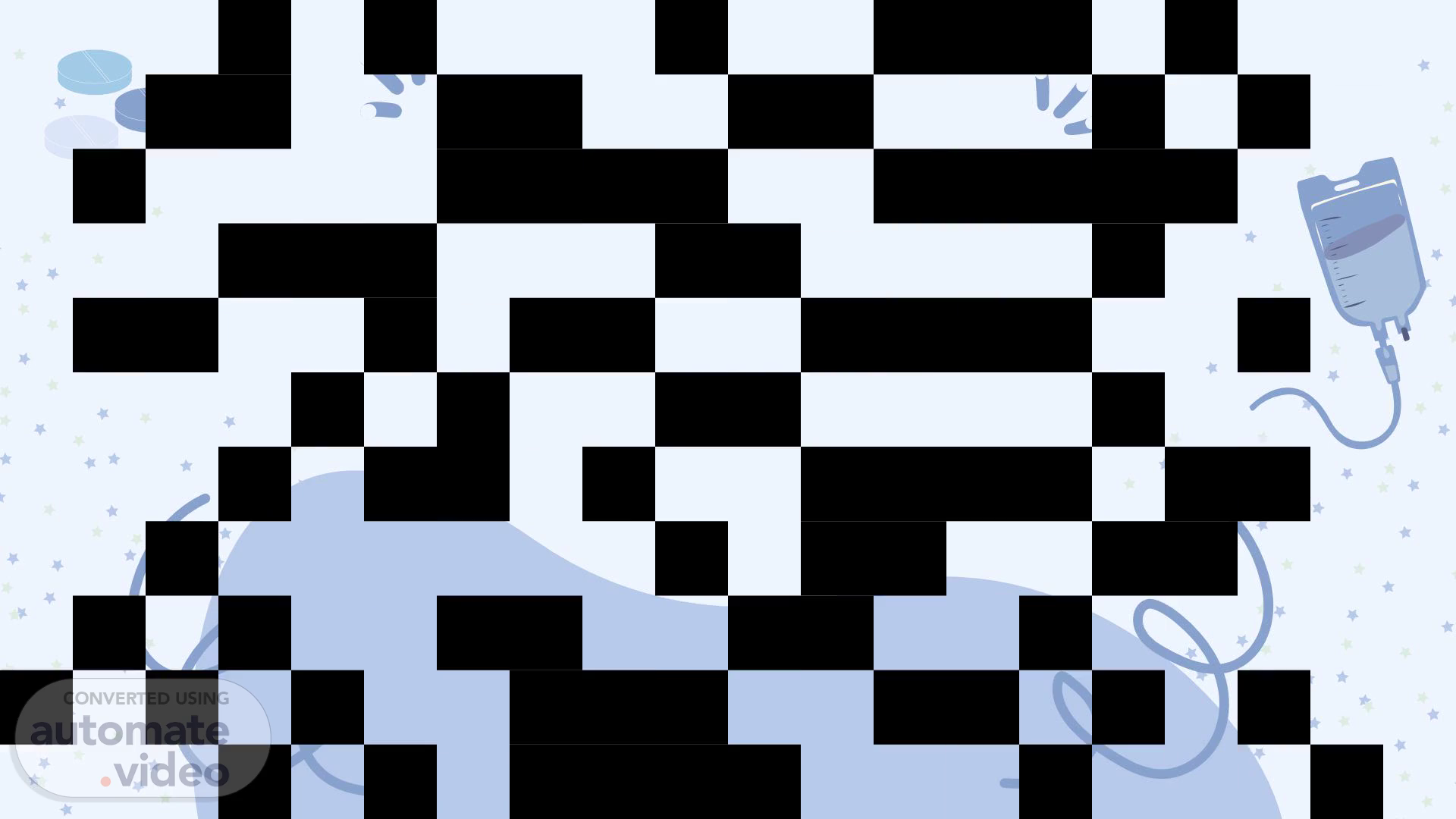
Blue Illustrative Innovation in Medicine Presentation
Scene 1 (0s)
[Audio] Welcome to this short course on patient-centered care and communication in healthcare. In this module, we'll explore how empathy, respect, and responsiveness can transform patient experiences and outcomes. To bring this to life, we'll follow the story of Stormie, a young woman navigating the healthcare system with courage and vulnerability. Stormie is 29 years old and lives in sunny California. She's passionate about horticulture and finds peace among her plants. But Stormie also lives with chronic pain syndrome, a condition that affects her daily life and the activities she loves..
Scene 2 (38s)
[Audio] Meet Stormie Knight. She's 29, vibrant, and deeply connected to nature. Her greenhouse is her sanctuary. But behind her smile is a daily struggle. Chronic pain syndrome makes even simple tasks difficult. Stormie manages her condition with care, but she depends on healthcare providers to listen, understand, and support her journey. Her story reminds us that every patient is more than a diagnosis. They are a whole person with hopes, fears, and a life beyond the clinic.
Scene 3 (1m 10s)
[Audio] During a recent visit to the pharmacy, Stormie needed a refill for her pain medication. The pharmacist declined her request without explanation or empathy. No eye contact. No reassurance. Just a cold "no." Stormie left feeling confused, anxious, and invisible. This moment, though brief, left a lasting impact. It's a powerful reminder that how we communicate matters just as much as what we say.
Scene 4 (1m 42s)
[Audio] Now imagine this same call, handled with empathy and care. The agent listens patiently, acknowledges Stormie's concern, and says: 'I'm really sorry you're going through this. Let me check what I can do to help you today.' They explain the next steps clearly, offer to follow up, and make sure Stormie feels supported. This kind of response builds trust, reduces anxiety, and reminds the caller that they are not alone. As a call center agent, your voice can be a lifeline that one that brings comfort, clarity, and connection.
Scene 5 (2m 19s)
[Audio] "I don't want special treatment," Stormie says. "I just want to feel like I matter. Like someone sees me, not just my chart or insurance." Poor communication doesn't just hurt feelings. It erodes trust, delays care and deepens suffering. As healthcare professionals, we have the power to change that with compassion, clarity, and connection..
Scene 6 (2m 41s)
[Audio] Think back to a time when you felt dismissed. When your concerns were brushed aside. How did that moment shape your trust? Your confidence? Now imagine being in Stormie's place. What would you do differently today, knowing the power of empathy and patient-centered care? Take a moment to reflect. Because the next patient you meet might be feeling just like Stormie..
Scene 7 (3m 5s)
[Audio] Active listening is the foundation of compassionate communication. Let the caller speak without interruption. Use verbal cues like 'I understand' or 'Tell me more' to show you're engaged. Repeat key concerns back to the caller to confirm understanding. This simple act helps patients feel heard and respected..
Scene 8 (3m 25s)
[Audio] Use plain language. Avoid jargon or abbreviations that might confuse the caller. Speak slowly, clearly, and with a calm tone especially when delivering difficult information. Break down next steps into manageable actions. Clarity reduces anxiety and builds trust..
Scene 9 (3m 43s)
[Audio] Empathy means acknowledging the caller's emotions and showing that you care. Say things like 'That sounds really difficult' or 'I'm here to help you through this.' Take ownership of the issue. Even if you can't solve it immediately, let the caller know you'll follow up or connect them to someone who can. Empathy and accountability go hand in hand..